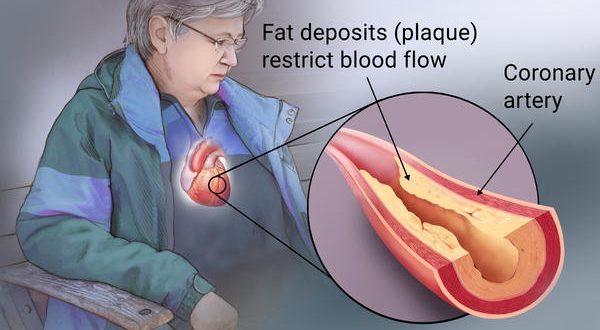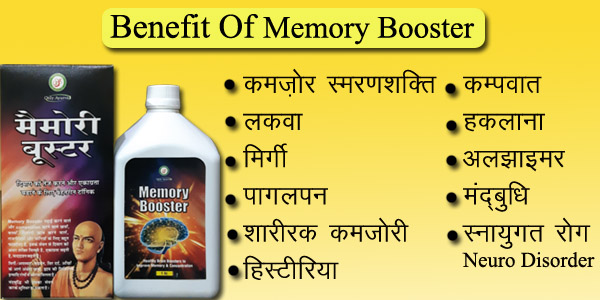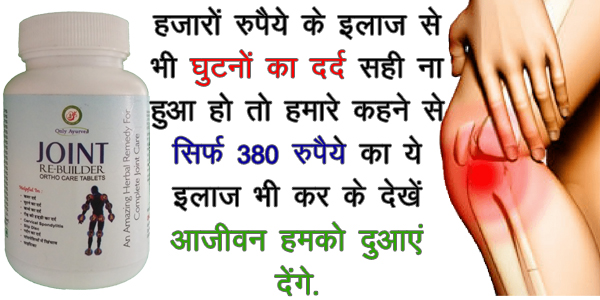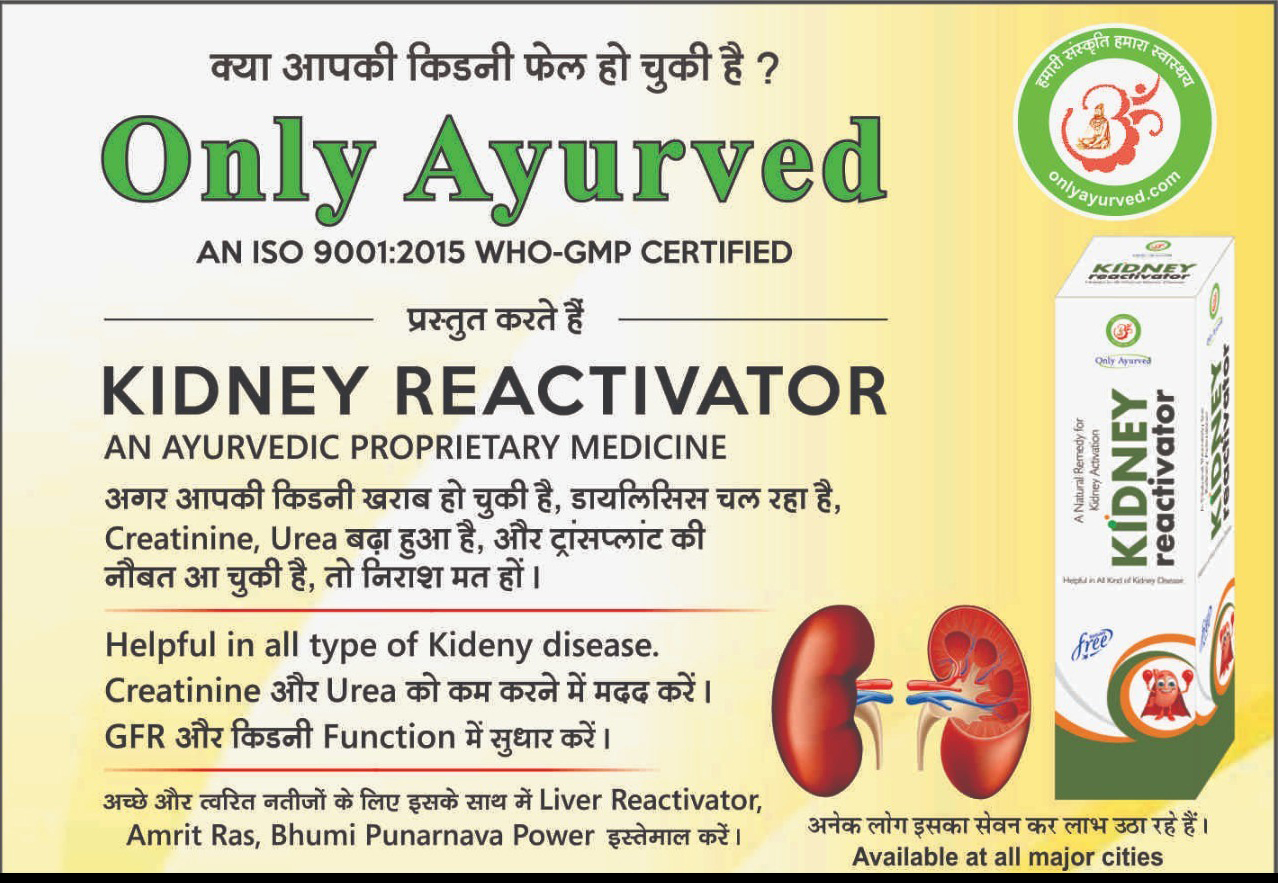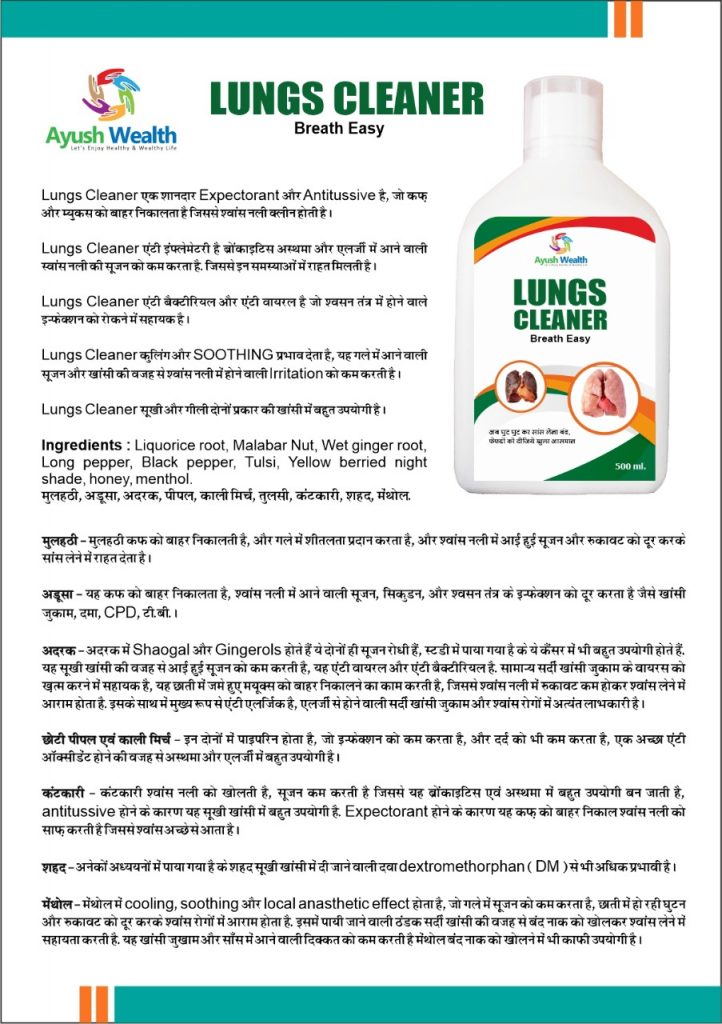One of the best ways to protect yourself against a stroke or heart attack is by not smoking. Here are other ways:
1
Reducing your risk of stroke and heart attack
- Maintain a healthy weight
Being overweight increases your risk of high blood pressure, high cholesterol levels, cardiovascular disease and diabetes risk factors for a stroke and heart attack. So eat a nutritious diet and aim for 30 to 60 minutes of physical activity on most days.
- Limit fats and cholesterol
Limit meat to a total of 6 ounces daily. Choose fat-free or low-fat dairy products. Limit saturated fats and avoid trans fats. Instead of solid fats (butter, margarine, shortening), use monounsaturated oils (canola, olive and peanut) and polyunsaturated oils (corn, safflower, sesame, sunflower and soy).
- Eat fish that have omega-3s
Eat fish that have omega-3 fatty acids, such as salmon and trout. (See “Eat foods high in omega-3s,” page 34.)
- Eat plenty of fruits and vegetables
Produce contains nutrients such as potassium, folate and antioxidants that may protect against stroke and heart attack. Eat at least three servings of fruits and at least four servings of vegetables daily.
- Use alcohol moderately, if at all
Too much alcohol can raise blood pressure. Moderate drinking is defined as no more than one drink a day for women and anyone age 65 or older and no more than two drinks a day for men under 65.
- Reduce sodium (salt)
Limiting sodium in your diet and making other lifestyle changes can help prevent high blood pressure. If you already have it, reducing sodium intake further may help lower it.
2
Exercising for a healthy heart
If you exercise regularly, you may lower your risk of a heart attack and stroke. If you’re middle-aged or older and haven’t been exercising regularly or have a chronic health problem, work with your doctor to develop an exercise program. To condition your heart safely:
- Start at a comfortable level of exertion
Try walking five to 10 minutes over a short distance indoors. Increase five minutes a session, as tolerated.
- Schedule regular exercise
Aim for 30 to 60 minutes a day of low- to moderate-intensity physical activity.
- Include variety
Combine three types of exercise — stretching (flexibility), endurance (aerobic) and strengthening (weight training) and three levels of intensity — warm-up, workout level and cool-down — in each exercise session.
- Cross-train to reduce your risk of injury
Alternate among exercises that emphasize different parts of the body, such as swimming, bicycling and walking.
- Don’t overdo it
Start slowly and build up gradually, allowing time between sessions for your body to rest and recover. And forget the saying “No pain, no gain.” A little muscle soreness when you do something new isn’t unusual, but soreness doesn’t equal pain. If it hurts, stop doing it.
- Increase your physical activity
Even routine activities such as gardening, climbing stairs or washing floors can burn calories and help improve your health, although not at the same level as a structured exercise program. Just keep moving: Walk or bike to the store instead of driving, park farther away at the shopping mall, take the stairs instead of an elevator.
3
Choosing a home blood pressure unit
You can track your blood pressure by using a home monitor etween checkups. To choose the best monitor for you, ask your doctor for advice and balance convenience with accuracy:
- Know your options
Aneroid models are inexpensive and easy to transport. They include a stethoscope. Some have extra-large dials for easier reading, but they aren’t recommended if you have trouble hearing or have poor dexterity in your hands. Electronic (digital) models are the most popular and can be expensive, but they’re easy to use. However, if your heart rhythm is usually irregular, an electronic model may give you an inaccurate reading. Wrist monitors are difficult to calibrate, and digital finger units aren’t reliable.
- Get a good fit
Most monitors have standard-size inflatable arm cuffs. If your arm is too large or too small for the cuff, buy the right size. A poor fit reduces accuracy. The inflatable portion of the cuff should wrap around 80 percent or more of your upper arm.
- Consider your abilities
Is the gauge or digital display large enough to read easily? Do you hear well through a stethoscope? Can you easily pump the inflatable cuff?
- Test before you buy
Ask your health care professional or medical supply salesperson to show you how to get the most accurate reading.
- Learn how to use it properly
After you buy a blood pressure monitor, take it with you to your doctor’s office. In addition to making sure the device works properly, your doctor or nurse can help you learn how to use it.
- Check accuracy
Every six to 12 months, have your home monitor checked against a standardized unit at your doctor’s office, fire department or public health service.
4
Staying mentally sharp
Boost your memory and develop habits that can help counter age-related memory loss:
- Make associations
For example, if you’re introduced to Fred who has red hair, link his name to his hair color.
- Choose what to remember
If you meet several people at once, focus on remembering a few key names.
- Recite, retrieve and review
Recite key information several times to learn it and retrieve it often. Review information you’ll need, such as paging through your high-school yearbook before your reunion.
- Break it down
Break down new information into units. For example, to memorize a long-distance phone number, break it down into the area code, three-digit exchange and four remaining numbers.
- Pay attention
Forgetfulness may indicate nothing more than having too much on your mind. Slow down and pay full attention to the task at hand. Reduce distractions.
- Keep track of appointments, tasks and contacts
Use appointment books, calendars, to-do lists, address books or computer software — whatever works for you.
- Develop routines
For example, put frequently used items such as keys in a designated spot when not using them.
- Create rituals and cues for common tasks
For example, make sure your keys are in hand before locking your car doors. Place packages you need to mail near the front door so that you won’t forget them.
- Consider meditation
Preliminary research indicates that meditation increases blood flow to the area of the brain that’s associated with memory.
 Only Ayurved आयुर्वेद जीवन जीने की कला हैं, हम बिना दवा के सिर्फ अपने खान पान और जीवन शैली में थोड़ा बदलाव कर के आरोग्य प्राप्त कर सकते हैं।
Only Ayurved आयुर्वेद जीवन जीने की कला हैं, हम बिना दवा के सिर्फ अपने खान पान और जीवन शैली में थोड़ा बदलाव कर के आरोग्य प्राप्त कर सकते हैं।

